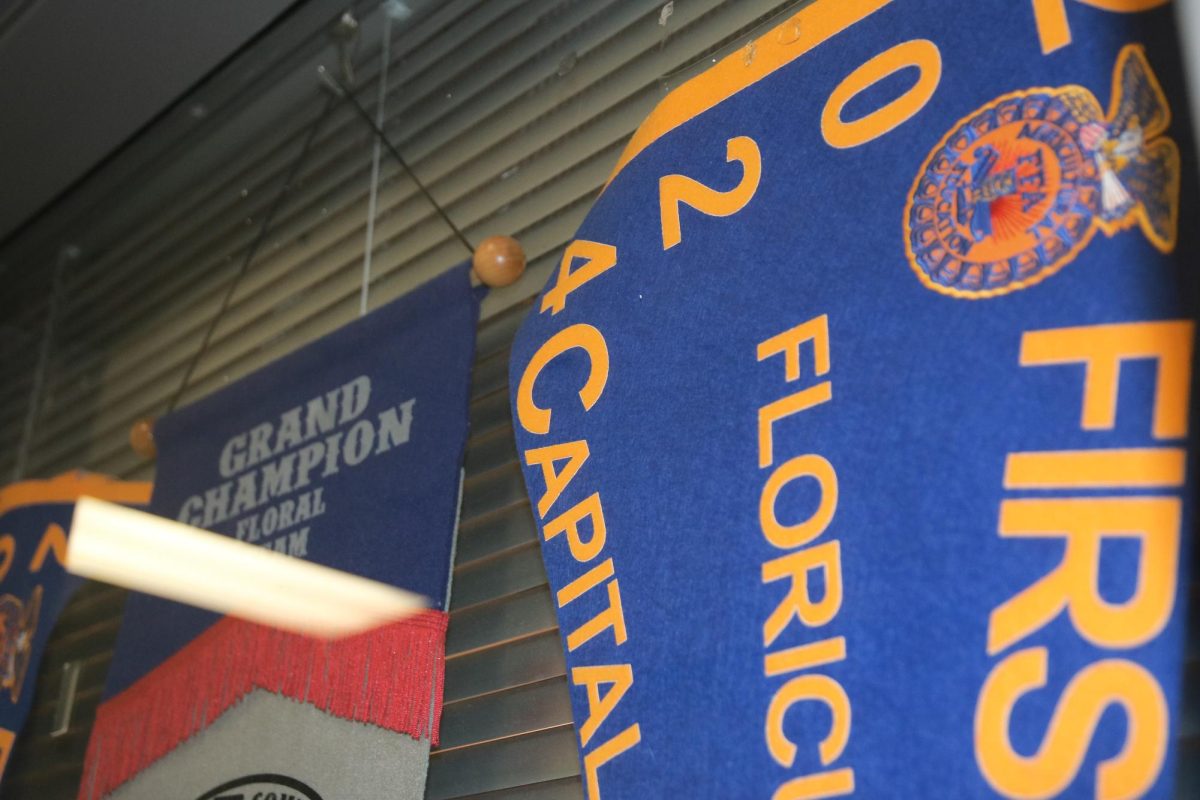The time period in between the fall equinox and winter solstice contains the most global holidays. In years past this phenomenon was due to the harvest and many resources being plentiful at that time of year. Still in modern times these unique, vibrant holidays are celebrated across the globe: as many people continue age-old traditions from their roots.
On campus, students observe different holidays and reflect on their differing cultures during the time of celebration.
“Hungary has some holidays that they only celebrate in Hungary, but we also have some common holidays too.” junior Adam Biczok said, “The spirit is kind of different in Hungary because of the weather.”
Biczok moved from Hungary to Austin in the eighth grade. He describes the differences between the holiday season in his native country and in Texas.
“In the United States they decorate more inside of the house and outside of the house and they start the whole holiday spirit a lot earlier,” Biczok said. “In Hungary, they start the holiday season only a week or two weeks before Christmas.”
It is customary in many other countries to celebrate Christmas in many different ways. In Australia, the summer season inspires barbeques and outdoor celebrations; while in Orthodox majority countries such as Serbia and Russia, Christmas is observed on Jan. 7. Biczok believes that the weather and tradition are the primary influence for Hungarian Christmas celebrations.
“It is way colder in Hungary,” Biczok said. “When I celebrated Christmas in Hungary we had many different foods and beverages that we ate with family. Also, before Christmas on December 6 there is a smaller celebration of Christmas.”
On Dec. 6 Hungarians observe Mikulás Day – this involves St. Nicholas (Mikulás) walking across cities and towns in a traditional bishop attire. This is a day of celebration that involves family and celebration. Other religions and cultures observe a variety of other holidays during this season including Diwali. Junior Aashka Kancharla details her experience celebrating Diwali.
“Diwali is an event that takes up a full week,” Kancharla said, “At the beginning of the week we do prayers with our families and then on the weekend the community hosts a large neighborhood party with food, music, and performances.”
Diwali is considered the festival of light and the victory of light over darkness. The festivities take place over the span of a week and this year was towards the end of October. Kancharla describes how her family celebrated the holiday this year.
“This year me and my family dressed up, we took pictures and we FaceTimed family back in India,” Kancharla said. “On the weekend we went to a couple of parties with other families and in public.”
There are many Hindu festivals in the autumn including Garba and Navaratri. These celebrations involve worship and dance. The community is an important element and Kancharla enjoys being a part of the Austin Hindu community to strengthen her connection with her culture.
“Having these events hosted by our neighborhood and having a community makes me feel more connected to my culture,” Kancharla said. “Celebrating with my family is also very nice but I enjoy seeing friends and the cultural festivities.”








